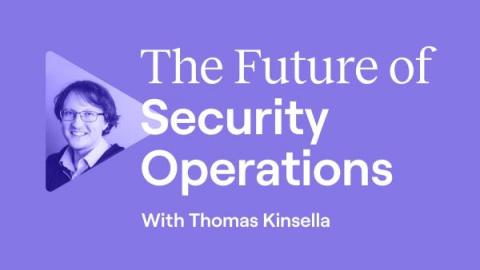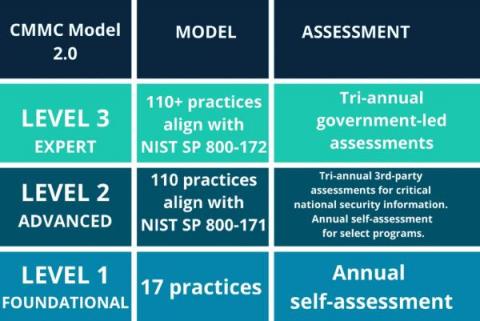Introducing 'The Future of Security Operations,' our brand new podcast series
Today we’re excited to announce our new podcast – 'The Future of Security Operations.' Our first episode is with MongoDB’s CISO Lena Smart, and every other week from now on, we’ll have a new episode with another expert. I wanted to take a few minutes to explain why we’re launching this podcast and what you can expect to gain from listening.










